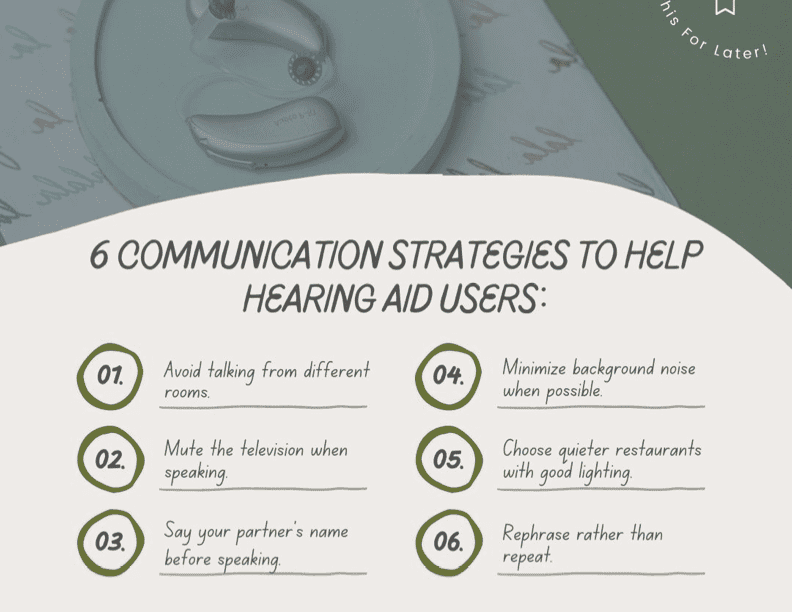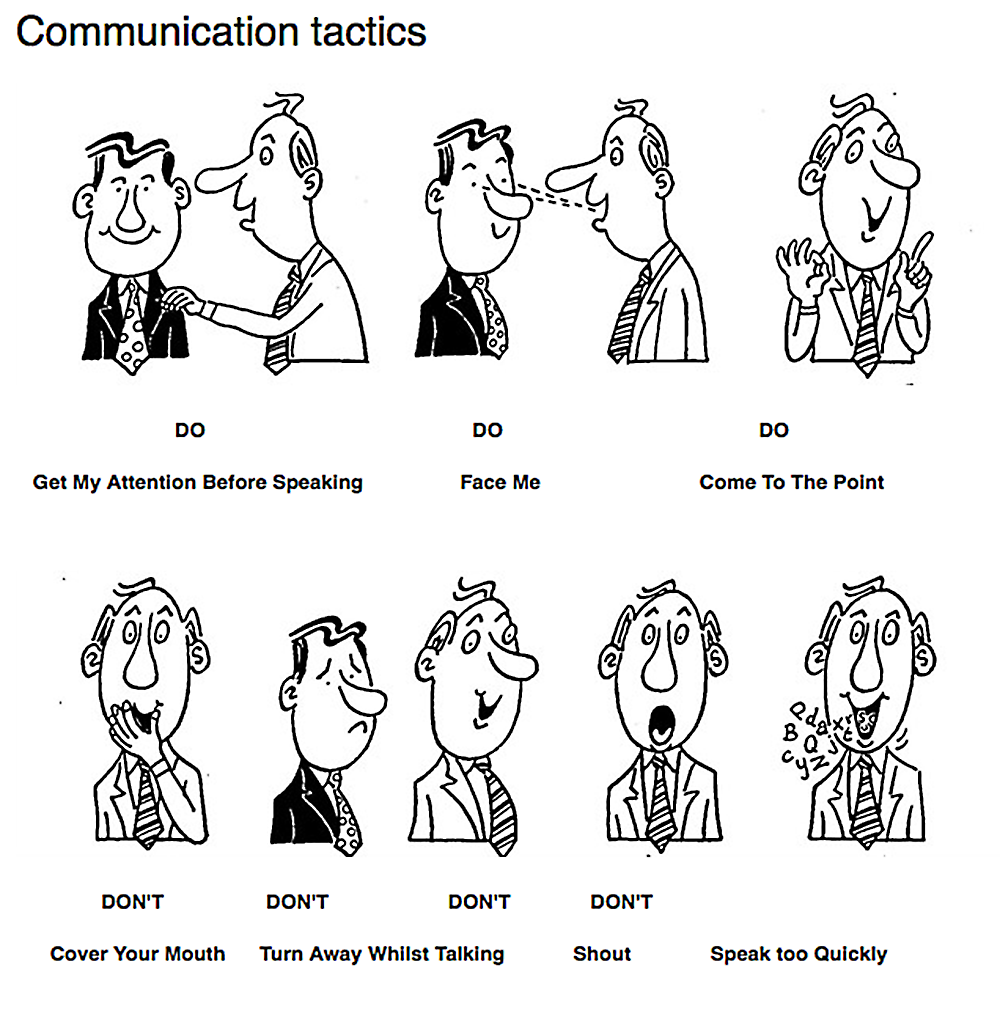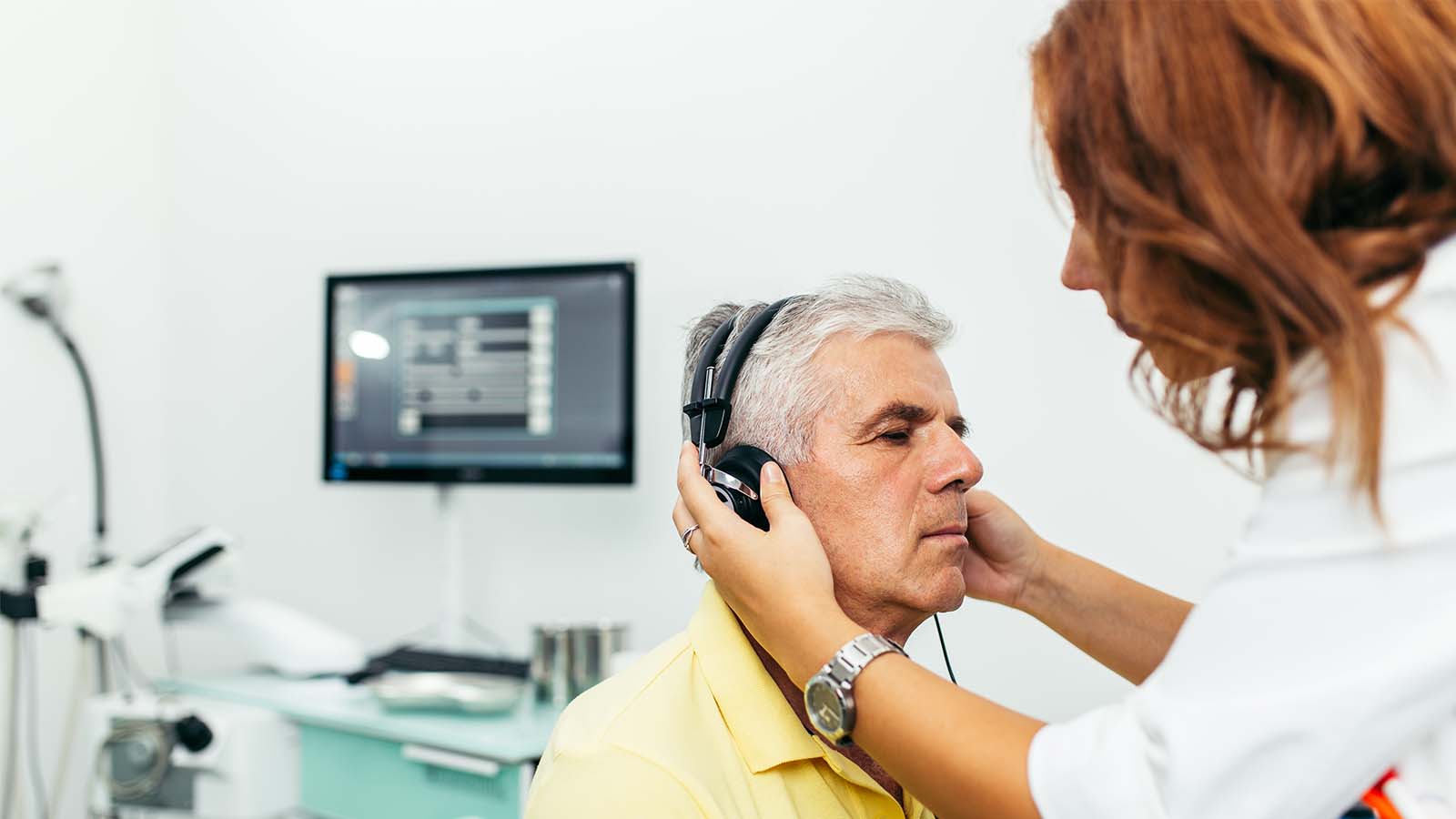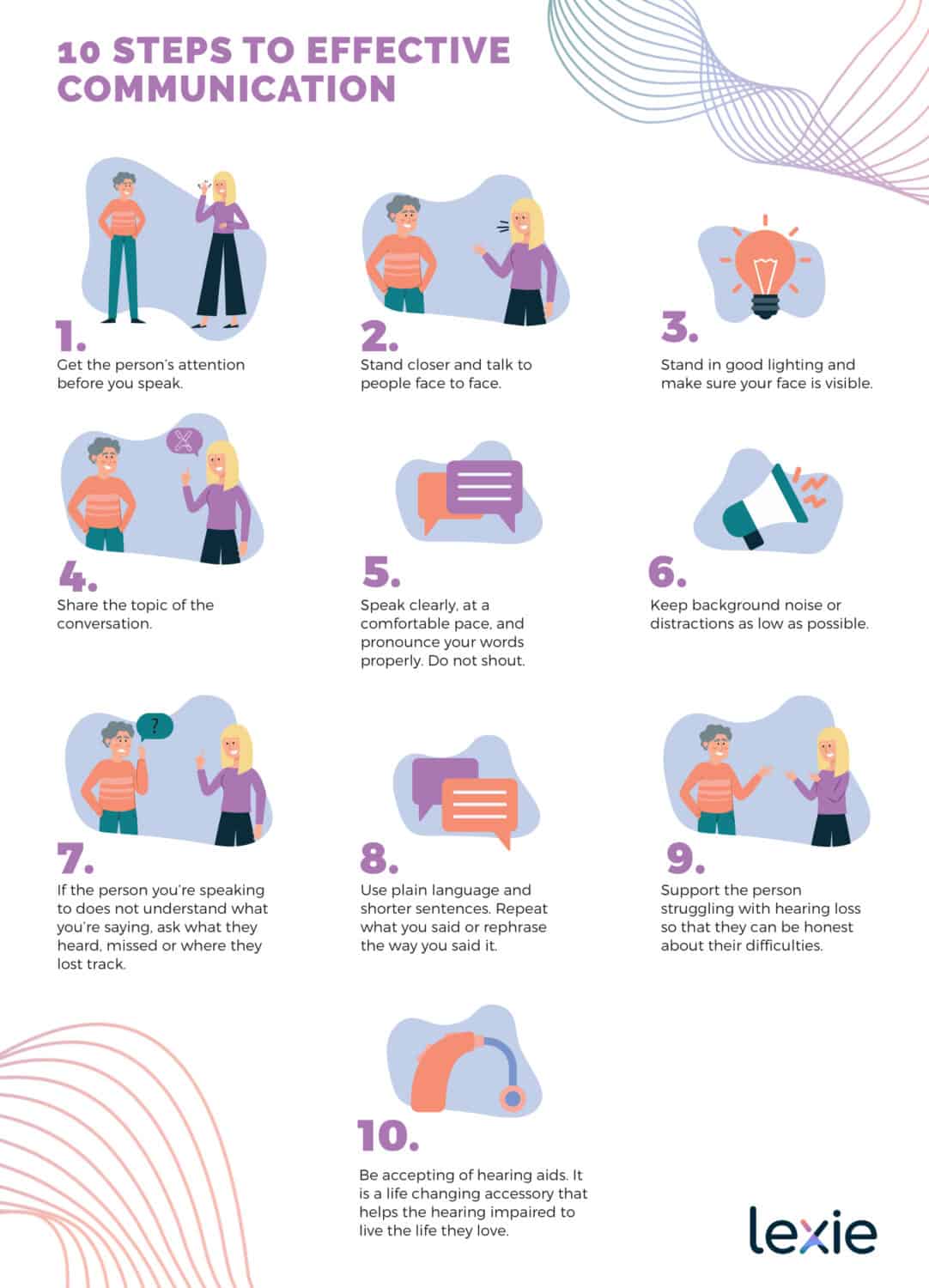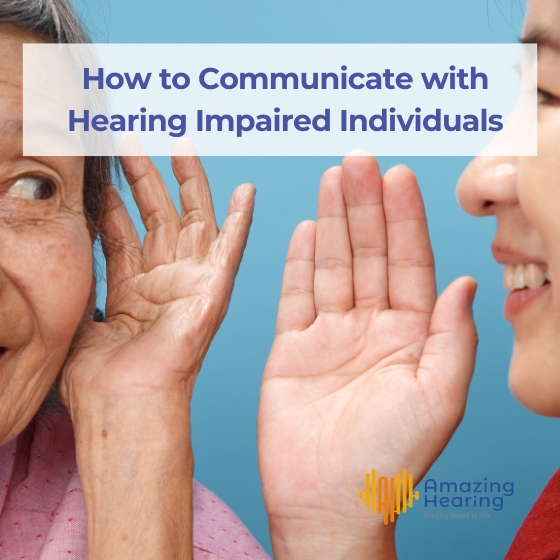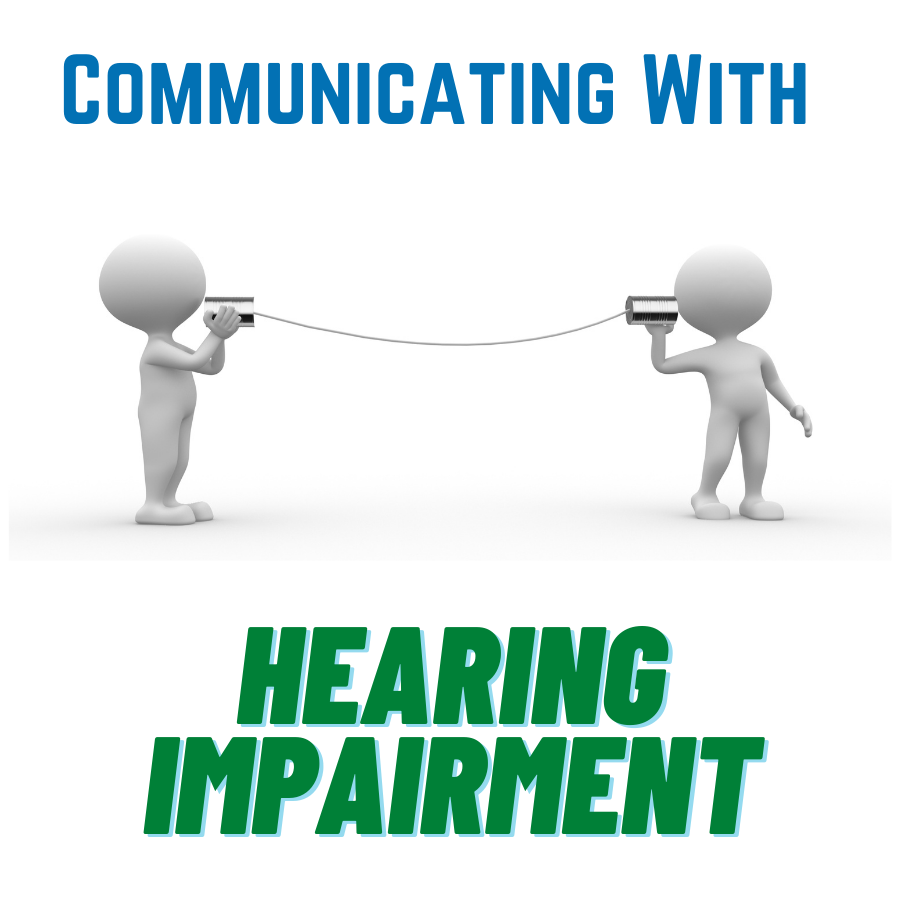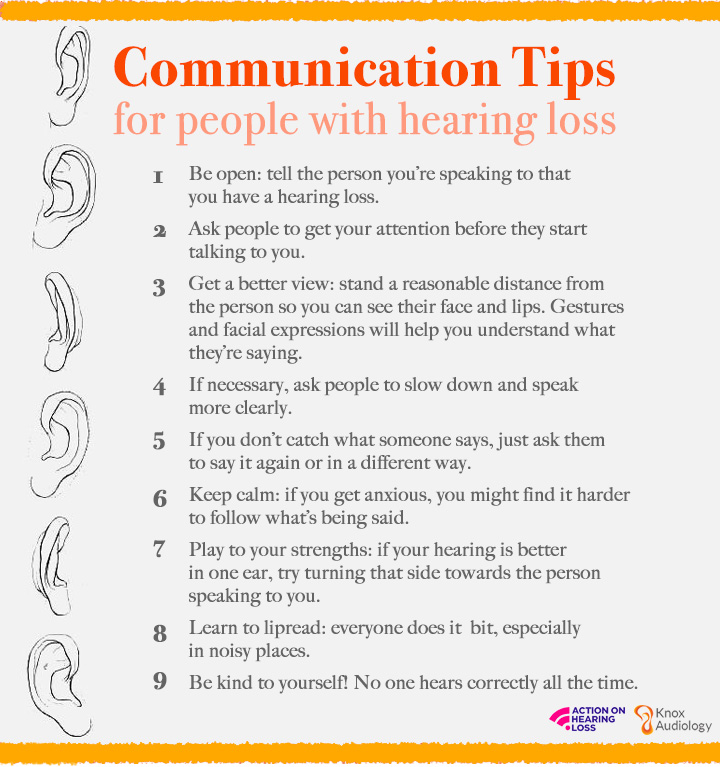The Best Way To Communicate With Hearing-impaired Clients Is To
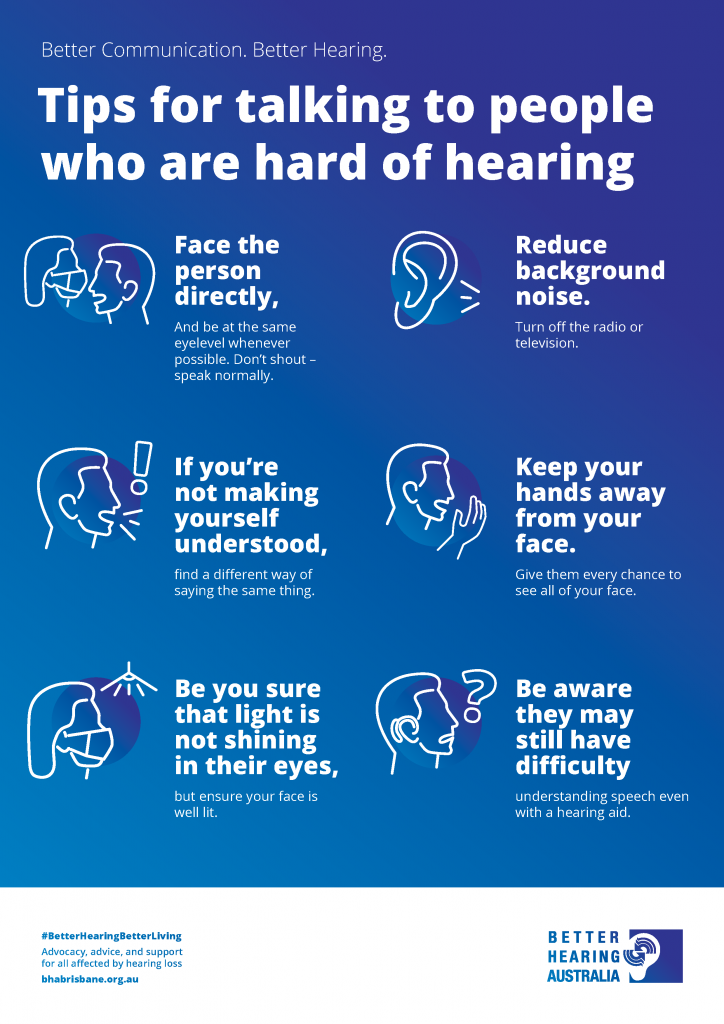
In an increasingly interconnected world, effective communication is the cornerstone of successful business and service delivery. Yet, for hearing-impaired individuals, navigating daily interactions can present significant barriers, hindering access to crucial information and services. The onus, therefore, lies on organizations and individuals to bridge this gap and foster inclusive communication practices.
This article delves into the multifaceted strategies for effectively communicating with hearing-impaired clients, drawing upon expert opinions, best practices, and technological advancements. It aims to provide a comprehensive guide for businesses and service providers seeking to enhance accessibility and ensure equitable service delivery.
Understanding the Landscape of Hearing Impairment
Hearing impairment encompasses a wide spectrum, ranging from mild hearing loss to profound deafness. The National Institute on Deafness and Other Communication Disorders (NIDCD) estimates that approximately 37.5 million American adults aged 18 and over report some trouble hearing.
It's crucial to recognize that the term "hearing-impaired" is an umbrella term. It includes individuals who use hearing aids, cochlear implants, lip-reading, sign language, or a combination of methods to communicate. Respecting individual preferences and communication styles is paramount.
The Nut Graf: Prioritizing Accessibility and Respect
The most effective way to communicate with hearing-impaired clients hinges on a foundation of accessibility, respect, and individualized approach. This involves utilizing a combination of visual aids, clear written communication, assistive technologies, and, when appropriate, sign language interpretation.
It also mandates sensitivity towards individual communication preferences and a willingness to adapt communication methods to ensure mutual understanding. Failing to do so not only hinders effective communication but can also lead to frustration, misunderstanding, and ultimately, exclusion.
Visual Communication: A Powerful Tool
Visual communication is often the most immediate and accessible method for engaging with hearing-impaired individuals. Clear and concise written materials, such as brochures, instructions, and contracts, are essential.
Using diagrams, charts, and images can further enhance understanding. When presenting information visually, ensure sufficient contrast between text and background, and use large, easily readable fonts.
Lip-Reading: Considerations and Caveats
While lip-reading can be a helpful supplementary tool, it's important to acknowledge its limitations. Only about 30-40% of spoken English is readily lip-readable, according to the Hearing Loss Association of America (HLAA).
To facilitate lip-reading, face the person directly, speak clearly and at a moderate pace, and avoid covering your mouth. Good lighting is also crucial.
Assistive Technologies: Bridging the Gap
Assistive technologies play a pivotal role in enhancing communication for hearing-impaired individuals. Real-time captioning, also known as CART (Communication Access Realtime Translation), provides instant transcription of spoken words into text.
Video Relay Service (VRS) enables deaf individuals to communicate with hearing individuals over video using sign language interpreters. Text telephones (TTYs) and telecommunication devices for the deaf (TDDs) allow text-based communication via telephone lines.
Hearing Aids and Cochlear Implants: Enhancing Auditory Perception
Hearing aids amplify sound to improve auditory perception for individuals with hearing loss. Cochlear implants, on the other hand, bypass damaged portions of the inner ear and directly stimulate the auditory nerve.
While these technologies can significantly improve hearing, it's crucial to remember that they do not restore hearing to normal levels. Patience and clear communication are still essential when interacting with individuals who use these devices.
Sign Language: A Vital Communication Method
For many deaf individuals, sign language is their primary mode of communication. American Sign Language (ASL) is a complete and complex language with its own grammar and syntax.
Employing qualified sign language interpreters is crucial in situations where complex information needs to be conveyed. Businesses and organizations should proactively offer sign language interpretation services for meetings, appointments, and events.
Finding and Working with Interpreters
The Registry of Interpreters for the Deaf (RID) is the leading credentialing organization for sign language interpreters. Hiring certified interpreters ensures professionalism and accuracy.
When working with an interpreter, speak directly to the client, not the interpreter. Maintain eye contact with the client and allow the interpreter time to translate your message.
Creating an Inclusive Communication Environment
Beyond specific communication methods, fostering an inclusive environment is crucial. This involves training staff on basic communication strategies for interacting with hearing-impaired individuals.
It also means being mindful of background noise and distractions, and providing quiet spaces for communication. Soliciting feedback from hearing-impaired clients about their communication experiences can help identify areas for improvement.
The Importance of Patience and Empathy
Effective communication with hearing-impaired individuals requires patience, empathy, and a willingness to adapt. Rushing the conversation or becoming frustrated can create barriers and hinder understanding.
Take the time to ensure the client understands the information being conveyed. Be prepared to repeat or rephrase information as needed.
Looking Ahead: Technological Advancements and Inclusive Design
Technological advancements continue to revolutionize communication access for hearing-impaired individuals. Artificial intelligence (AI) is being used to develop more accurate and efficient speech-to-text and sign language recognition systems.
Inclusive design principles are also gaining traction, promoting the creation of products and services that are accessible to everyone, regardless of hearing ability. This includes designing websites and applications with accessibility features such as captions, transcripts, and alternative text for images.
Moving forward, businesses and organizations must prioritize accessibility and inclusion in all aspects of their operations. By embracing a multifaceted approach to communication, we can create a more equitable and accessible world for hearing-impaired individuals.



